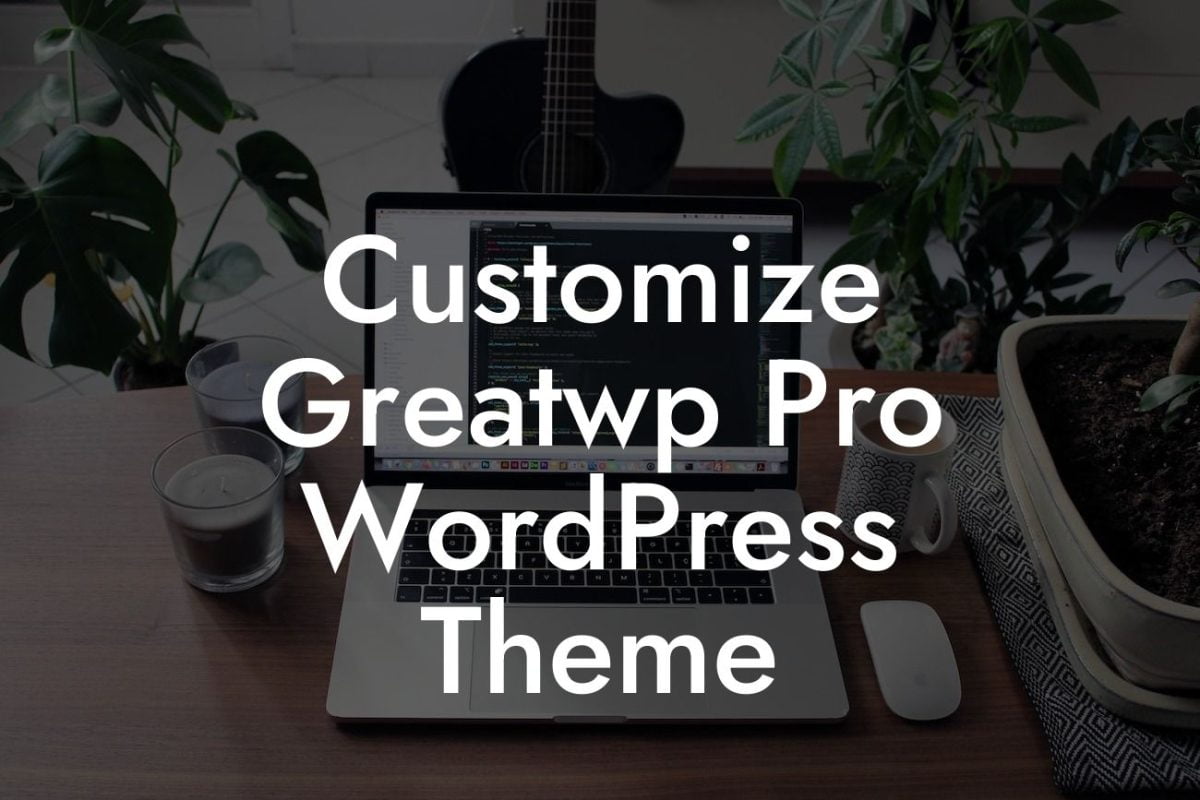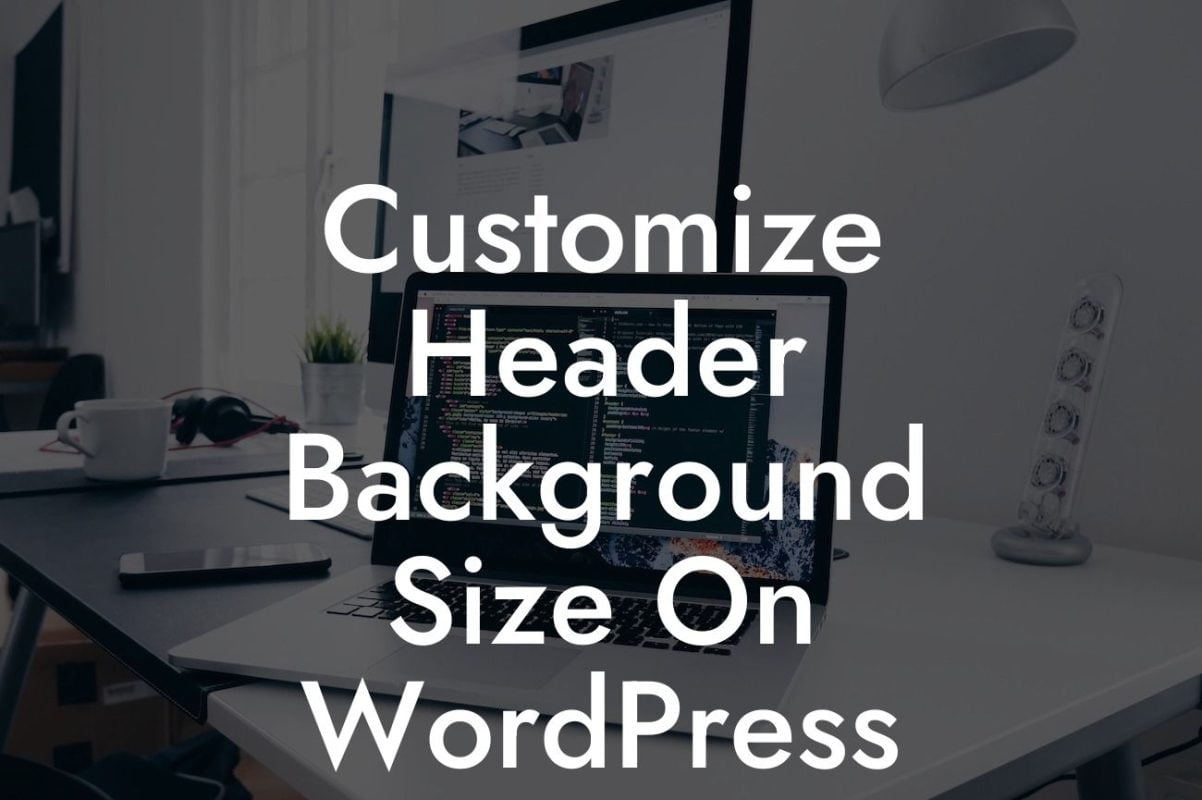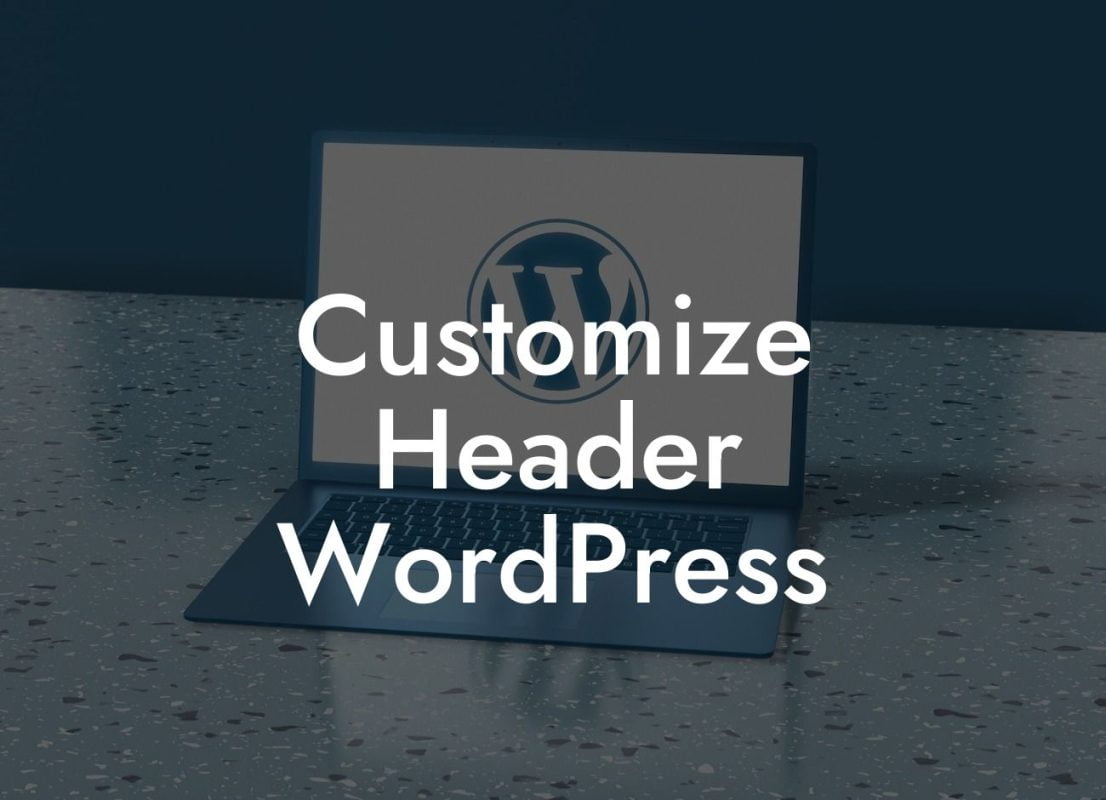If you're a small business or an entrepreneur looking to enhance your online presence and optimize your WordPress website, you've come to the right place! At DamnWoo, we understand the need for tailored solutions that go beyond cookie-cutter approaches. In this blog post, we'll dive into the topic of changing the form enctype for multiple WordPress user data forms, helping you make the most out of your website's functionality.
Changing the form enctype, which stands for the encoding type of form data, can be incredibly useful when dealing with multiple user data forms on your WordPress website. By default, WordPress uses `enctype="multipart/form-data"` for forms that include file uploads. However, there are scenarios where you may want to change this encoding type to accommodate various data inputs and requirements.
To begin, identify the specific user data forms that need their form enctype changed. This could include registration forms, contact forms, or any other type of form that involves file uploads. Once you have identified the forms, follow these step-by-step instructions:
1. Locate the form code: First, find the relevant code snippet responsible for generating the user data form. This could be in your theme's template files, your custom plugin code, or any other place where the form is being generated.
2. Identify the `enctype` attribute: Look for the `enctype` attribute within the form code. It should look like `enctype="multipart/form-data"`. Note that this attribute might not exist, which means the default encoding type is being used.
Looking For a Custom QuickBook Integration?
3. Change the `enctype` attribute: Replace the existing `enctype` value with the desired encoding type suitable for your needs. For instance, if you want to use the URL-encoded format, change it to `enctype="application/x-www-form-urlencoded"`.
4. Save and test: After making the necessary changes to the form's `enctype` attribute, save the file and test the form to ensure it functions as intended. Submit test data to verify that the encoding type has been successfully updated.
Change Form To Enctype Multiple Wordpress User Data Form Example:
Let's imagine you have a WordPress website with a user registration form that allows file uploads. Currently, the form utilizes the default encoding type (`enctype="multipart/form-data"`). However, for some reason, you want to switch it to the URL-encoded format since you don't require file uploads and need a different kind of data submission.
To achieve this, locate the code responsible for generating the user registration form. Find the `enctype` attribute within the form code and change it to `enctype="application/x-www-form-urlencoded"`. Save the file and test the form by submitting test data. Voila! You have successfully changed the form enctype for your WordPress user registration form.
Congratulations! You've learned how to change the form enctype for multiple user data forms on your WordPress website. By customizing the encoding type, you can optimize your forms to suit your specific requirements. At DamnWoo, we strive to provide extraordinary solutions for small businesses and entrepreneurs like you. Don't forget to explore our other guides and consider trying out our awesome WordPress plugins to take your online presence to the next level. Share this article with others who may find it helpful and let us know your thoughts.













